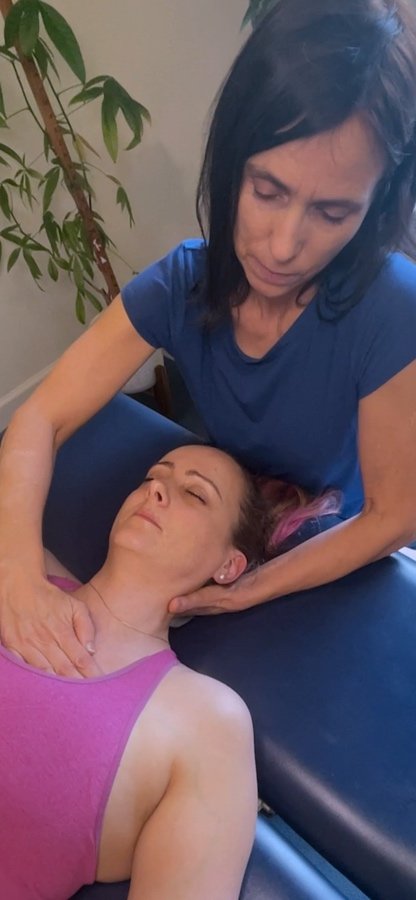
MFR is the thing that helps when nothing else has worked.
So why hasn’t anyone told me about MFR before?
—You can’t see fascia or detect fascial restrictions with XRays, Ultrasounds, MRIs, or CT scans.
There are no traditional medical tests that allow us to see fascia, let alone identify fascial restrictions. Until more recently, we knew little about living fascia because we could not see it.
But now, we can see it—which is why, in addition to the effectiveness of MFR, there is a growing awareness of this system.
Hand surgeon, Dr. Guimbereau, captured human living fascia on endoscopy, giving us an up close look at this fluid-filled, three-dimensional web that surrounds muscles, nerves, blood vessels, and our internal organs, providing structure and shock absorption. Restrictions in that fascia put pressures on sensitive tissues and pull the body out of alignment (see you tube video below). Releasing those restrictions relieves your pain and gets you back to normal function. But this improvement cannot be documented with traditional testing technologies.
— There is no one-size-fits-all, standardized protocol for treatment.
Effective treatment is tailored to your specific restrictions and requires hands-on, one-on-one attention, which means that your treatment is continuously adapted to your unique body. This makes treatment both a science and an art which makes it harder to have a standardized treatment that insurance companies often rely on.
—Peer-reviewed research on the benefits of MFR is in the beginning stages.
Alternative treatments take time to become mainstream in part because they cannot be monetized or patented the same way that pharmaceuticals and therapeutic equipment can, so there is less funding for major studies. However, eventually, these natural treatments get their due attention. Remember when acupuncture was considered woo-woo— doctors did not prescribe it, and insurance didn’t cover it?
This article from the National Institue of Health provides a list of some studies and concludes that “MFR is emerging as a strategy with a solid evidence base and tremendous potential.”
— “It’s expensive”.
Clients often confuse massage with MFR and wonder why MFR is more expensive. John Barnes MFR trained therapists invest time and resources to learn not only techniques, but the art of feeling for restrictions that are not visible. Properly performed MFR is entirely different from massage and produces different results. MFR is not a “check the box” form of treatment that is supervised by a PT or OT. Once clients have experienced the transformational effects of MFR, they recognize the value and are happy to use their resources for a therapy that helps them achieve their goals more effectively.